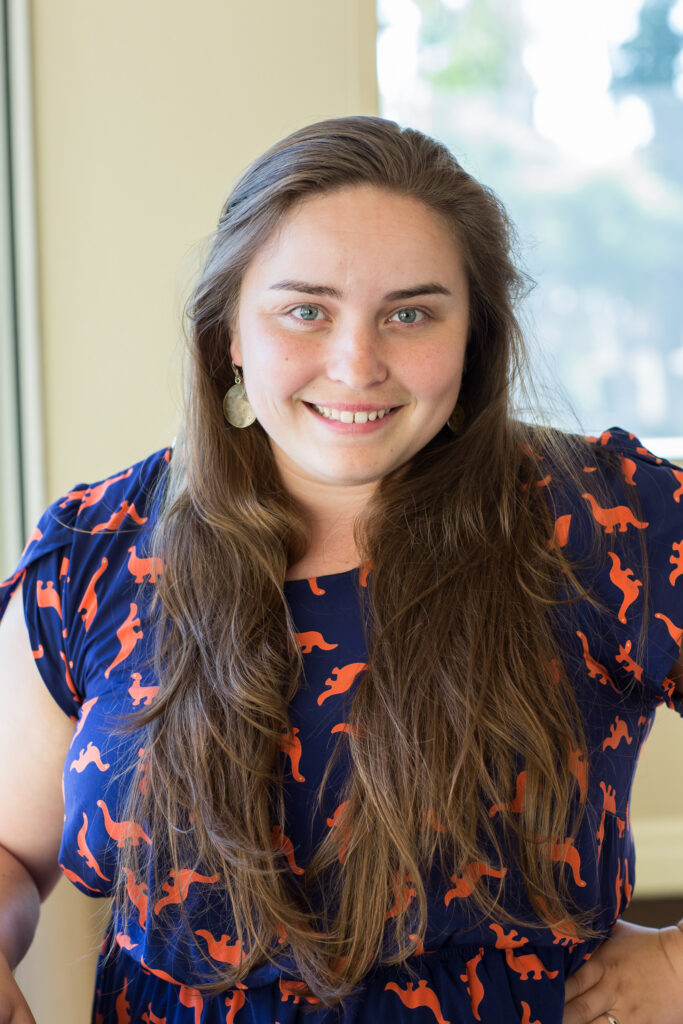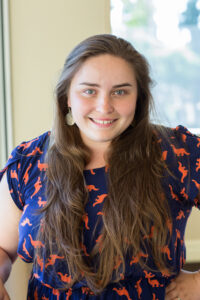You’ve impacted tens of thousands of students and educators through hands-on, inquiry-based STEM programs. What have you found to be the most powerful ingredient in transforming STEM education for underserved communities?
The most powerful ingredient in transforming STEM education for underserved communities is ensuring that students see themselves reflected in every aspect of their learning experience. Representation-in books, guest speakers, classroom materials, and even the colors of the markers we provide to draw people-sends a vital message: STEM is for everyone, including you. When students recognize themselves in the stories and faces presented, it cultivates a sense of belonging and possibility, breaking down barriers of exclusion and inspiring them to envision themselves as future scientists, engineers, and innovators.
Another game-changing approach is what we call “grocery store science.” By designing hands-on experiments that use everyday materials found at the local grocery store, we make STEM accessible and relatable for all students. This approach removes financial and logistical barriers, showing students and educators that meaningful science doesn’t require expensive equipment-just curiosity, creativity, and a few simple supplies. It also empowers families to continue exploring STEM at home, reinforcing learning beyond the classroom.
Together, representation and grocery store science create an inclusive, engaging, and empowering STEM environment-one where every student can see themselves as a problem solver and a future leader in STEM.
Your work with programs like EE Just and WiSTEM LA is so inspiring! Just, how important is community collaboration in creating sustainable pathways into STEM for students of color and what steps can young women take to become advocates for equity and inclusion in their own communities?
Community collaboration is absolutely crucial in creating sustainable pathways into STEM for students of color. When schools, families, local organizations, and industry partners work together, they build a support network that provides students with resources, real-world experiences, and role models who reflect their backgrounds. This collaborative approach not only bridges opportunity gaps but also ensures that STEM programs remain relevant, culturally responsive, and adaptable to the unique needs of each community. By continually seeking feedback from students, educators, and community partners, we can refine our programs to be more inclusive and impactful, fostering a genuine sense of belonging and possibility for every learner.
For young women who want to become advocates for equity and inclusion in their own communities, there are several powerful steps they can take:
Seek and Build Networks: Connect with mentors, join STEM organizations, and participate in programs that support women and underrepresented groups in STEM
Champion Representation: Advocate for diverse role models and inclusive materials in your classrooms and extracurriculars, ensuring all students see themselves reflected in STEM
Engage in Community Projects: Lead or participate in initiatives-like after-school STEM clubs or outreach events-that bring hands-on STEM learning to more students, especially those from underserved backgrounds
Promote Collaboration: Encourage partnerships between schools, families, and local organizations to create a stronger, more supportive STEM ecosystem
Mentor and Support Others: As you gain experience, reach back to support younger students, helping to build a pipeline of future advocates and leaders
By taking these steps, young women can drive meaningful change, making STEM more accessible, equitable, and inspiring for everyone in their communities.
As the Director of STEM Education Programs, how do you design programs that speak directly to students’ lived experiences while also preparing them for high-tech futures?
Designing STEM programs that resonate with students’ lived experiences while preparing them for high-tech futures requires both breadth and relevance. We intentionally introduce students to a wide range of STEM fields, rather than focusing on just one discipline, so they can discover what excites them and see the diversity of opportunities available. This approach is supported by research showing that integrated STEM activities that connect to students’ daily lives and communities increase engagement and help students envision themselves in STEM careers.
To ensure students are ready for a rapidly evolving, technology-driven world, we actively partner with makers, roboticists, and technology organizations & corporations. Through grants and collaborations, we bring cutting-edge tools like 3D printers, AR sandboxes, and robotics kits such as Ozobots directly into classrooms. These technologies provide hands-on, project-based learning experiences that build critical skills in creativity, collaboration, and problem-solving-skills essential for future STEM careers.
By exposing students to a variety of STEM fields and technologies, and by grounding learning in their own experiences and communities, we help them build both the confidence and the competencies they’ll need to thrive in high-tech futures. The more they see and experience, the more prepared and knowledgeable they will be as tomorrow’s innovators and leaders.
Hi Dr. Kast! I’m a first-generation college student who wants to become a science teacher and help students like me feel seen in STEM. What advice do you have for bringing culturally relevant teaching into the classroom—and how can I make sure I’m truly making an impact?
To bring culturally relevant teaching into your science classroom and truly make an impact, start by critically evaluating the materials and stories you present to your students. If you notice gaps-such as a lack of books or resources that reflect your students’ identities and experiences-don’t hesitate to create or seek out new materials that fill those needs. For example, when we couldn’t find science children’s books featuring diverse characters that matched our curriculum, USC JEP STEM collaborated with Room to Read to develop the STEAM-Powered Careers series. This collection features three main characters of color-Jae, Mia, and Cora-and profiles real scientists from underrepresented backgrounds working in fields like marine biology, nanotechnology, and engineering. The books are available in English and Spanish, come with lesson plans, and have been distributed for free to tens of thousands of students in underserved communities.
We also use tools like the Draw-a-Scientist Test (DAST) to measure students’ perceptions of who can be a scientist. When we started, 90% of our students drew white men in lab coats, and many couldn’t even describe what a scientist does. After intentionally integrating diverse representation in our curriculum, we saw dramatic shifts: our most recent DAST results show near gender parity, with 50% of students drawing male scientists, 42% drawing female scientists, and nearly 20% depicting scientists of color. Remarkably, over 10% of students now draw themselves as scientists-the ultimate goal, as it shows they see themselves belonging in STEM.
My advice:
1) Examine your curriculum for representation and relevance.
2) If what you need doesn’t exist, create it or advocate for its creation.
3) Use literature, media, and activities that reflect your students’ cultures and communities.
4) Collect feedback and use tools like DAST to track shifts in student perceptions.
5) Most importantly, let your students see themselves as scientists and creators, not just consumers of knowledge.
When students see themselves reflected in STEM, they’re more likely to feel seen, valued, and empowered to pursue these fields. That’s how you make a lasting impact.


